Happy lunar new year! But is it the year of the sheep or something else?
When the Son of Man comes in his glory, and all the angels with him, he will sit on his glorious throne. All the nations will be gathered before him, and he will separate the people one from another as a shepherd separates the sheep from the goats.
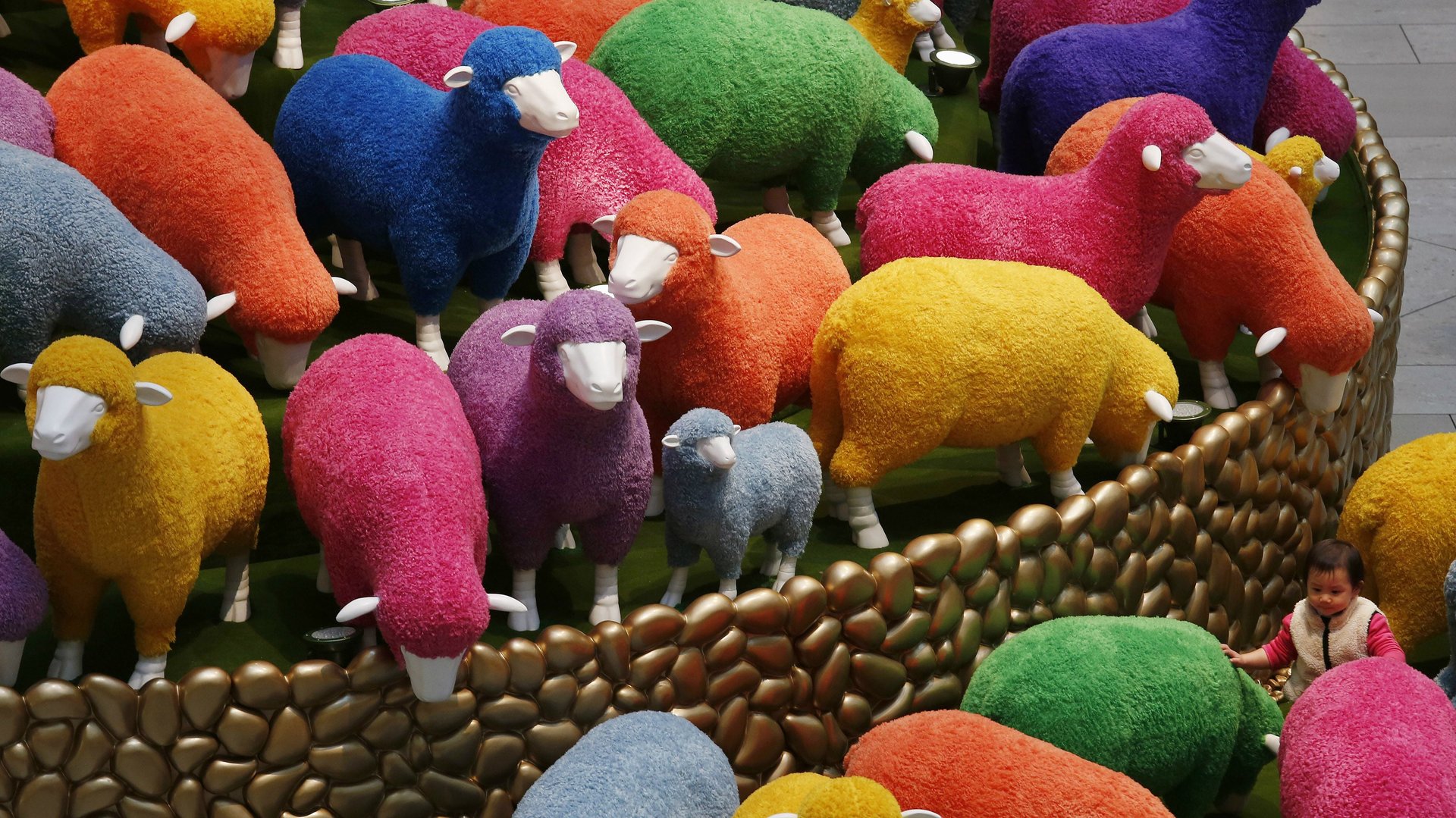

When the Son of Man comes in his glory, and all the angels with him, he will sit on his glorious throne. All the nations will be gathered before him, and he will separate the people one from another as a shepherd separates the sheep from the goats.
Jesus may be good at separating sheep from goats, as this excerpt from the Gospel of Matthew shows. The Chinese zodiac? Not so much.
This Chinese lunar year, which begins today, the easily identifiable ma (馬) gives way to the vague yang (羊). The first clearly refers to a horse. The second, yang, is impossible to translate precisely and can equally refer to a goat or a sheep. The US Postal Service, for what it’s worth, went with the Year of the Ram.
The issue goes beyond translation, however. As pointed out in a recent blog post by Victor Mair, professor of Chinese language and literature at University of Pennsylvania, yang is not a clear reference even to native speakers of Chinese. Translations of Matthew 25:31 separate sheep and goats, just as Jesus plans to, into two different yang: mianyang (sheep) and shanyang (goat). There is yet another yang word, gongyang, that refers specifically to a ram.
The zodiac animal, however, is just yang. Looking up 羊年, or “year of the yang,” in Baidu image search reveals goats, sheep, and rams in virtually equal numbers.
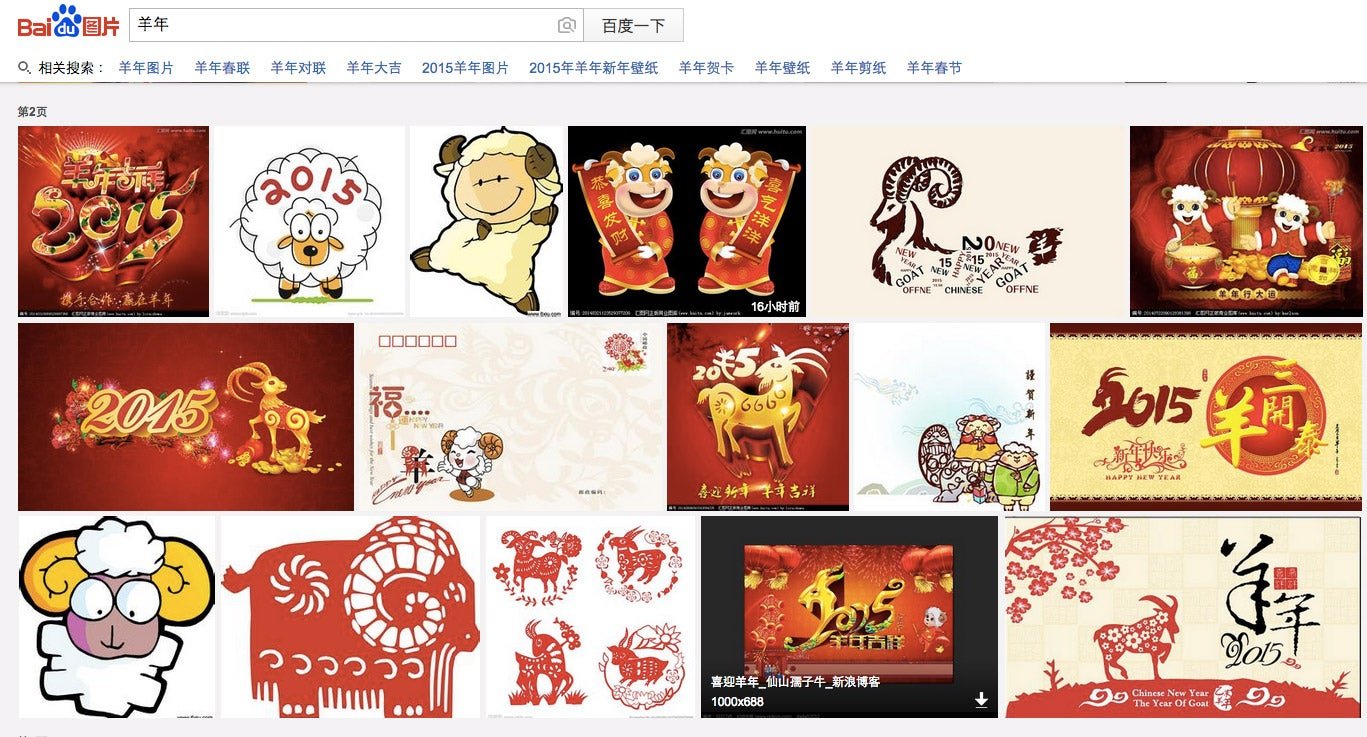
The Chinese dictionary definition for yang reads simply: “A grass-eating mammal, usually horned, of which there are many types including mianyang, shanyang…“—it goes on to list more. Mair suggests calling it the “Year of the Ovicaprid.”
Looking at the character’s history, it’s at least clear that it has always referred to an animal with horns. The earliest instances of yang have been passed down to us in the form of oracle bone inscriptions. Ancient Shang Dynasty soothsayers from the second millennium BC saw prophetic value in the cracks that formed when animal bones are exposed to high heat. They would study these cracks and etch their purported prognostications directly onto the bones. These hardy early writings survived the centuries and are a veritable treasure trove of etymology.
Here are several early yang forms found on oracle bones:
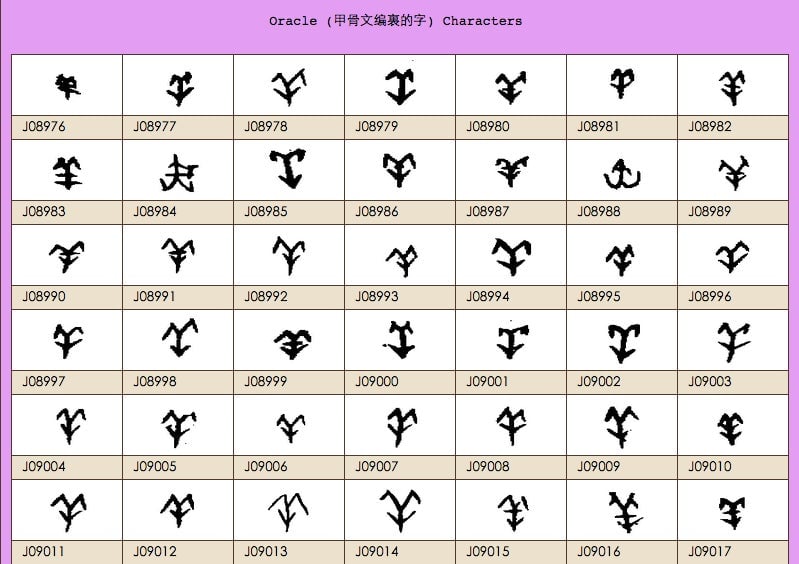
A dynasty later, Chinese writing upgraded to bronze, and more ornate yang inscriptions emerged:
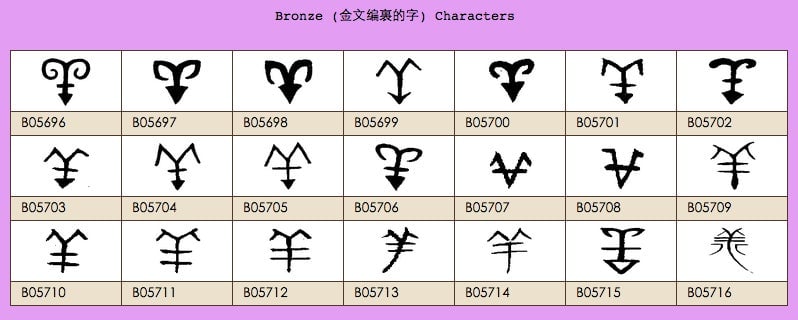
The character is clearly based on a horned animal, but that gives only a slightly clearer picture of what animal yang might be referring to. Horns are after all a feature of both wild sheep and wild goats.
One Chinese expert (link in Chinese) cited the “V shape” of the horns in these inscriptions as evidence in favor of the goat. This is also backed up, he said, by other artifacts: “Looking at the historical record, the vast majority of images appear to be goats. We rarely see anything that suggests the shaggy fur of sheep.” There is, after all, the Four Yang Square Zun, a well-known Shan Dynasty artifact that depicts what could unhelpfully be either goats or sheep.
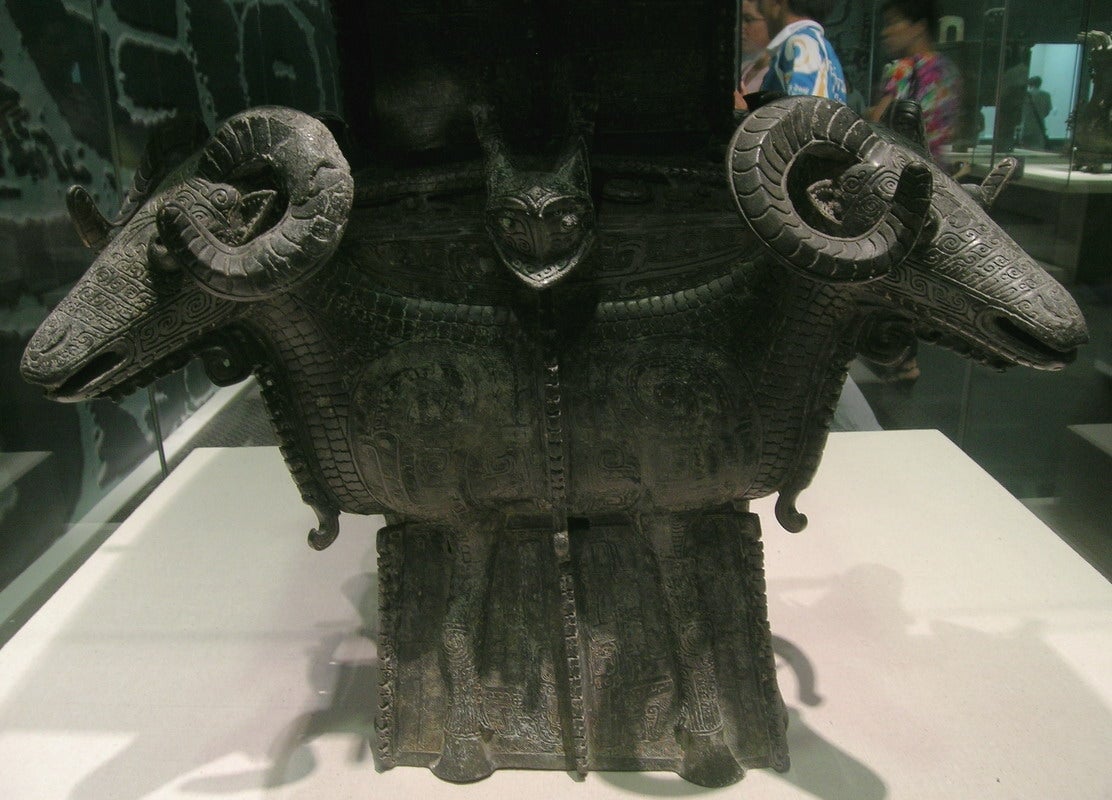
Another explanation is regional. “People in the south tend to think of the yang as a goat, while people in the north tend to think of it as a sheep,” Mair wrote in an email to Quartz. “This is, of course, not a hard and fast rule, but the pattern subscribes roughly to what I call the ‘ecology of the yang‘ in China.”
But does it actually matter what animal we’re talking about? After all, the Year of the Dragon refers to a fictional beast. And the media in China have found their Western counterpart’s struggle to identify the meaning of yang laughable. The article mentioned above ridiculed the deployment of “so-called China experts” who were unable to resolve the issue. Another article claims that ”the Chinese Year of the Yang is driving the English-language media crazy.”
The Chinese-speaking world does seem to think less of the effort to make a distinction. A Taiwanese friend told me that it refers to “yang in general.” One user on microblogging service Sina Weibo said, “I believe yang is just a common term. Whether it means ‘goat’ or ‘sheep,’ let the foreigners figure it out.” Another: “Whether it’s ram, goat, or sheep, everyone have a brilliant, prosperous, and joyful new year.”
The lack of focus on the animal itself suggests that maybe the appeal of yang is that the word has an auspicious meaning. In his post, Mair mentions that the character 羊 (yang) is a component in many others with positive meanings, like 美 (beauty), 祥 (good fortune), and 義 (justice).
But as Mair points out, this positive association cannot be separated from its biological roots. ”When Chinese say the word yang, they cannot help but have in their mind an image of the animal, and that image will variously look like a sheep, a goat, or a ram,” he wrote in an email. “The people who brought domesticated sheep to China thousands of years ago came from the steppe to the northwest. For them, the sheep really and truly had all of these merits that are reflected in the characters to which I alluded.”
He added, “It does make a difference whether one is thinking of a sheep, a goat, or a ram when one says yang, because they have different appearances and temperaments.”
While people in the West struggle to identify the temperament of the Year of the Yang, Chinese speakers seem happy to let it remain an open question. The stakes aren’t as high, after all, as the eternal hell-fire faced by the goats in Matthew.